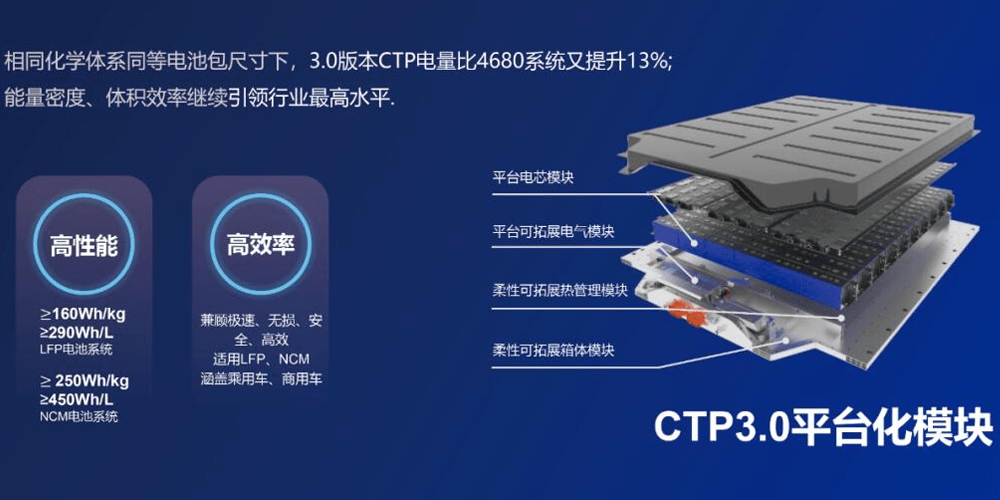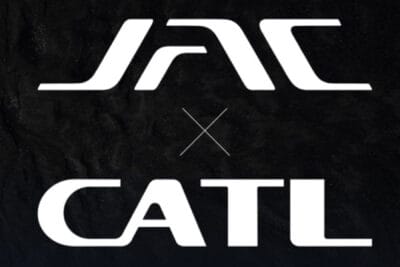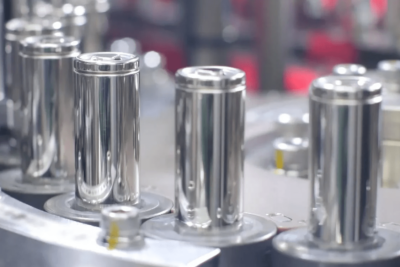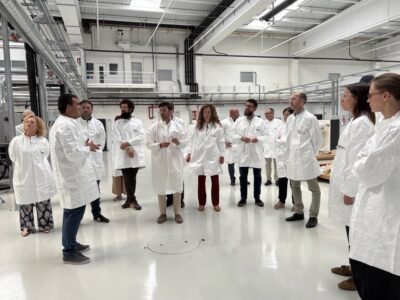CATL to release third generation cell-to-pack battery in April
The Chinese battery manufacturer CATL has announced the third generation of its cell-to-pack battery technology. This is ready for mass production and is said to even outperform battery packs with 4680 cells in some respects.
According to Chinese media reports, CATL claims that the internally named ‘Kirin battery’ CtP technology will deliver 13 per cent more power than 4680 batteries with the same cell chemistry and battery pack size. The market launch is planned for April.
There will be variants with LFP and NCM cells. For the cobalt-free LFP version, a gravimetric energy density of 160 Wh/kg and a volumetric energy density of 290 Wh/l are given, for the NCM version the values are 250 Wh/kg and 450 Wh/l, respectively.
CATL thus slightly exceeds the values of the currently most widespread cell-to-pack system, BYD’s Blade battery. These are known to be LFP cells, which initially had 140 Wh/kg, but in the current long-range version of the BYD Yuan Plus already reach 150 Wh/kg. CATL’s LFP cell would exceed this value by another 10 Wh/kg.
Besides the higher energy density, the advantage of CtP technology lies in the simpler construction: Since the battery modules are omitted, not only can additional wiring be dispensed with, but the batteries are also easier and thus cheaper to install. Since the “passive” material of the module sheathing and control is omitted, more active material can be installed in the same pack size, which ultimately leads to a higher energy density at pack level with the same cell technology.
The portal PushEVs speculates that a buyer of the CtP batteries with LFP cells could become Tesla. CATL is already supplying the LFP cells for the basic variants of the Model 3 and Model Y. Currently, these batteries come to 125 Wh/kg. If Tesla were to actually install the CtP battery with the 160 Wh/kg mentioned, the energy density would increase by 28 per cent.





0 Comments